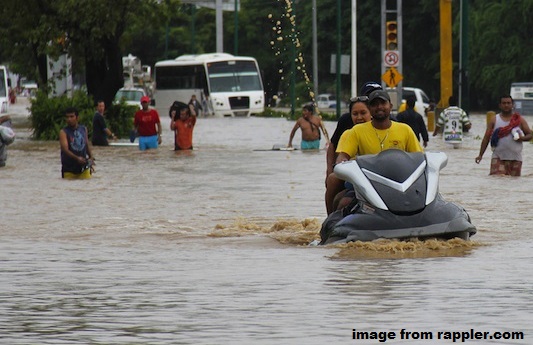Is something wrong with the hujan recently? We checked with Jabatan Cuaca
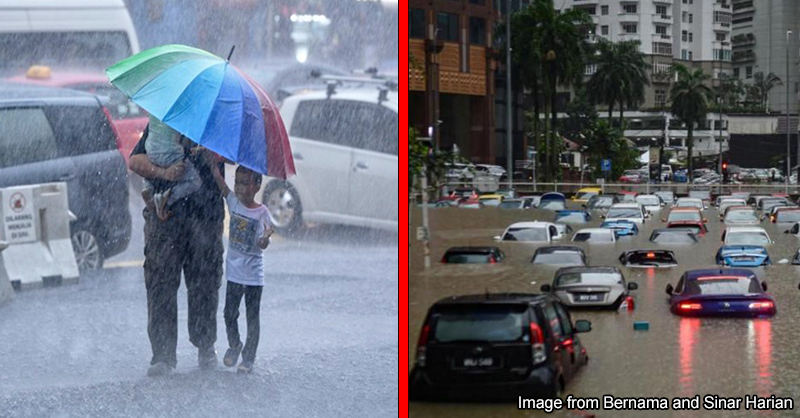
- 607Shares
- Facebook576
- Twitter5
- LinkedIn7
- Email6
- WhatsApp13
One conversation topic we’ve been having recently – whether with our parents, neighbours or abang Grab – is about the weather. More specifically, “Is it supposed to rain this hard? Shouldn’t this be reserved for the monsoon seasons?”
Since most of us are on the way to becoming boomers, we remember The Good Old Days when the weather seemed a bit more predictable: rain end of year and middle of year, then 50/50 in between. But with the recent flash floods in the Klang Valley, and that other big flood also in the Klang Valley last December, you might be thinking: Has our monsoon season changed?

So to see if this is just a perception or something is really off with our weather, we decided to check in with our weather experts.
Our mon-soon did not become mon-later
Our first thought was that there is a change in the monsoon period which might affect the amount of rain we’re having, but a quick cursory check online shows that our monsoon periods seem to have been consistent. As you should know from sekolah menengah, we have two monsoon seasons:
- The southwest monsoon season which is from May to September
- The northeast monsoon season which is from October to March
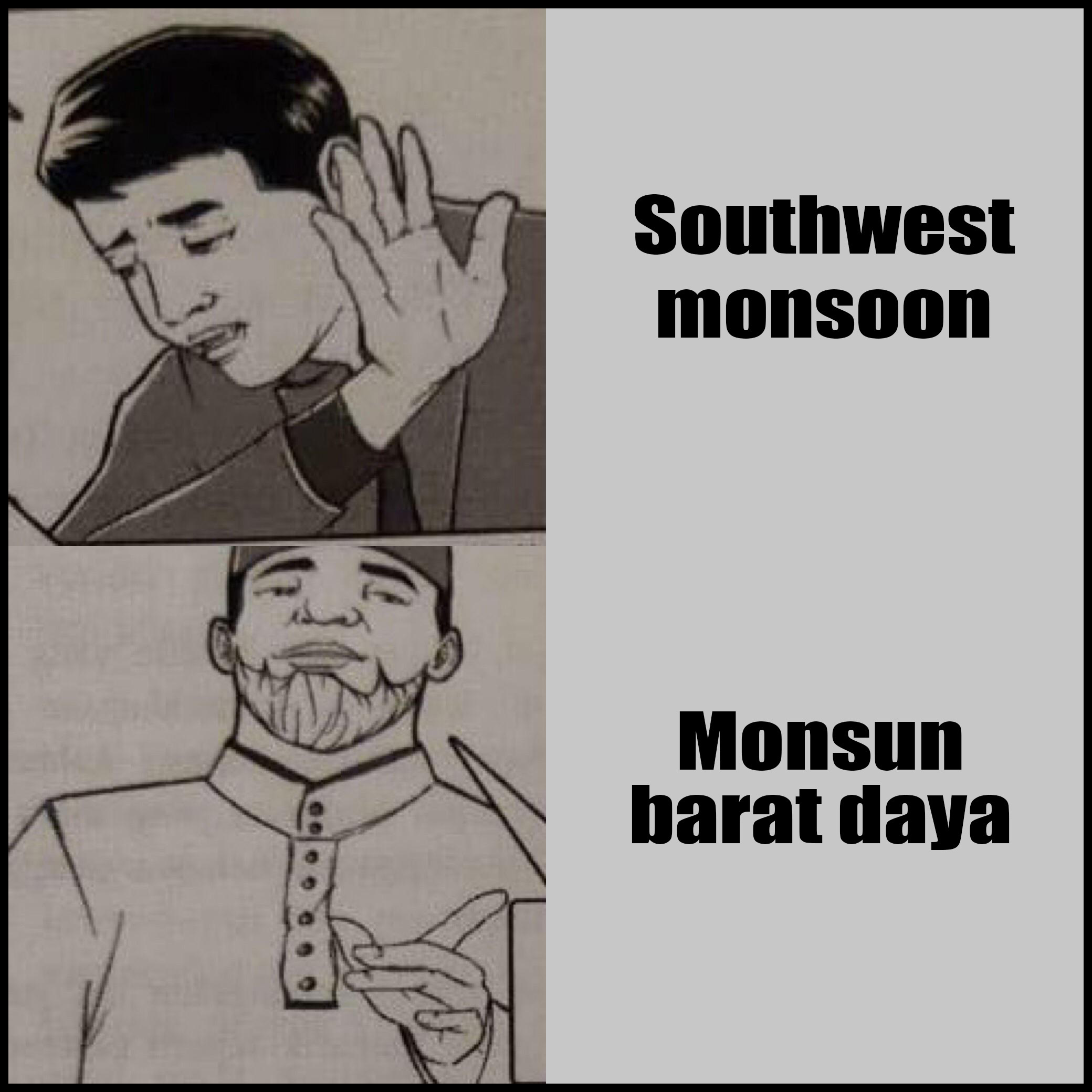
A quick call to MetMalaysia’s hotline helped confirm as much:
“Our monsoon cycle has not changed. The exact date might change, but it will start (and end) at roughly the same time. You’ll have to check if there are other weather phenomena such as El Nino or La Nina (in previous years) that might cause it to be stronger.” – MetMalaysia spokesperson, translated from Malay by Cilisos.
BUT, in between the two monsoons, there’s actually a monsoon transition period which would be around March to May, and September to October. During this time, we’ll be receiving weak winds from various directions which are perfect conditions to create a thunderstorm.
✨✨✨
“This is typical during the inter-monsoon period we’re currently [experiencing] until May where heavy rainfall tends to occur in the afternoon and late afternoon.” – Prof Dr Fredolin Tangang, Chairperson for Department of Earth Sciences and Environment, UKM
✨✨✨
So basically after the rainy season, we have uh another rainy season.
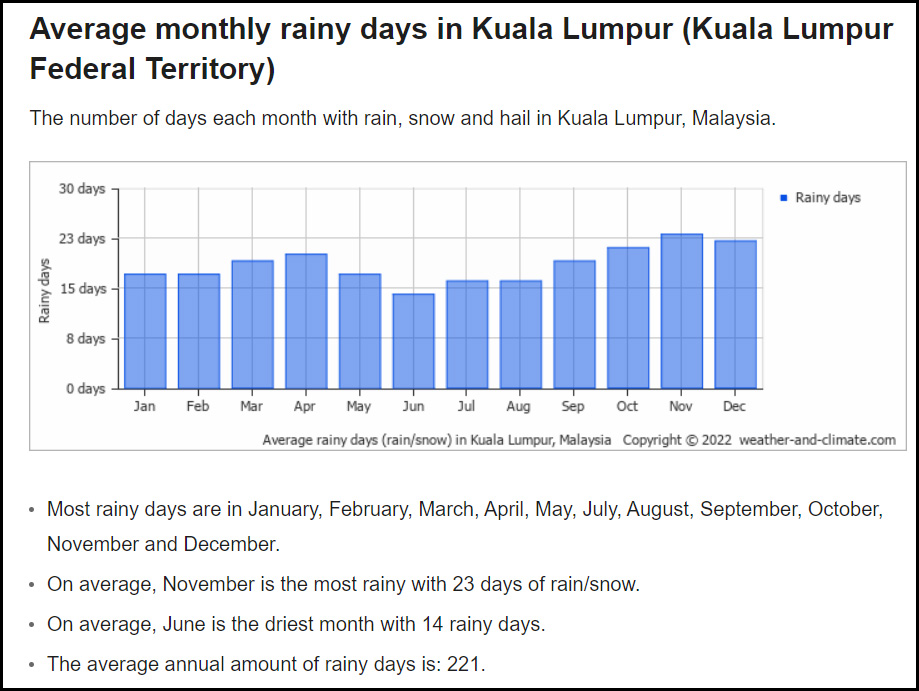
So finish article already right guys, can close it now and go to Youtube. It’s raining a lot because of the monsoon transition season.
…
But even though it should be raining, it still seems a bit odd… doesn’t it? Is there something wrong with our instincts?
✨✨✨ It should be raining, but not this heavy ✨✨✨
No, turns out our boomer instincts were right: this is not normal.
“The recent heavy rain is not “normal”. There are definitely days when we were getting a month’s rainfall in a day which contributed to some of these floods.” – Dr Renard Siew, Climate Change Adviser for CENT-GPS
For reference, our country gets 2,400mm of rain annually, so on average a month’s rain would be around 200mm. In the recent flash floods that went viral in the news and our auntie-uncle WhatApps circle, it recorded 155mm rain in just two hours. Meanwhile, the massive floods that happened in Klang Valley way back in December recorded 363mm worth of rain in just one day. And getting this much rain in one day is considered to be a one-in-a-hundred-year event.
“In terms of probability, climatologists would say that it’s rare. There’s a combination of factors, for example low tropical pressure combined with monsoon season could worsen the situation and we have certainly seen this leading up to February/March.” — Renard
Renard also confirmed that our monsoon cycles have not changed. Instead, it became like Bella Swan and Edward Cullen’s love – it became intense.
“From observation, the storms have become stronger and more intense over the years. This is especially so during the monsoon transition period.” – Renard
So even though it should be raining right now, according to Renard, the amount of rain we’re getting now has “exceeded projections“.
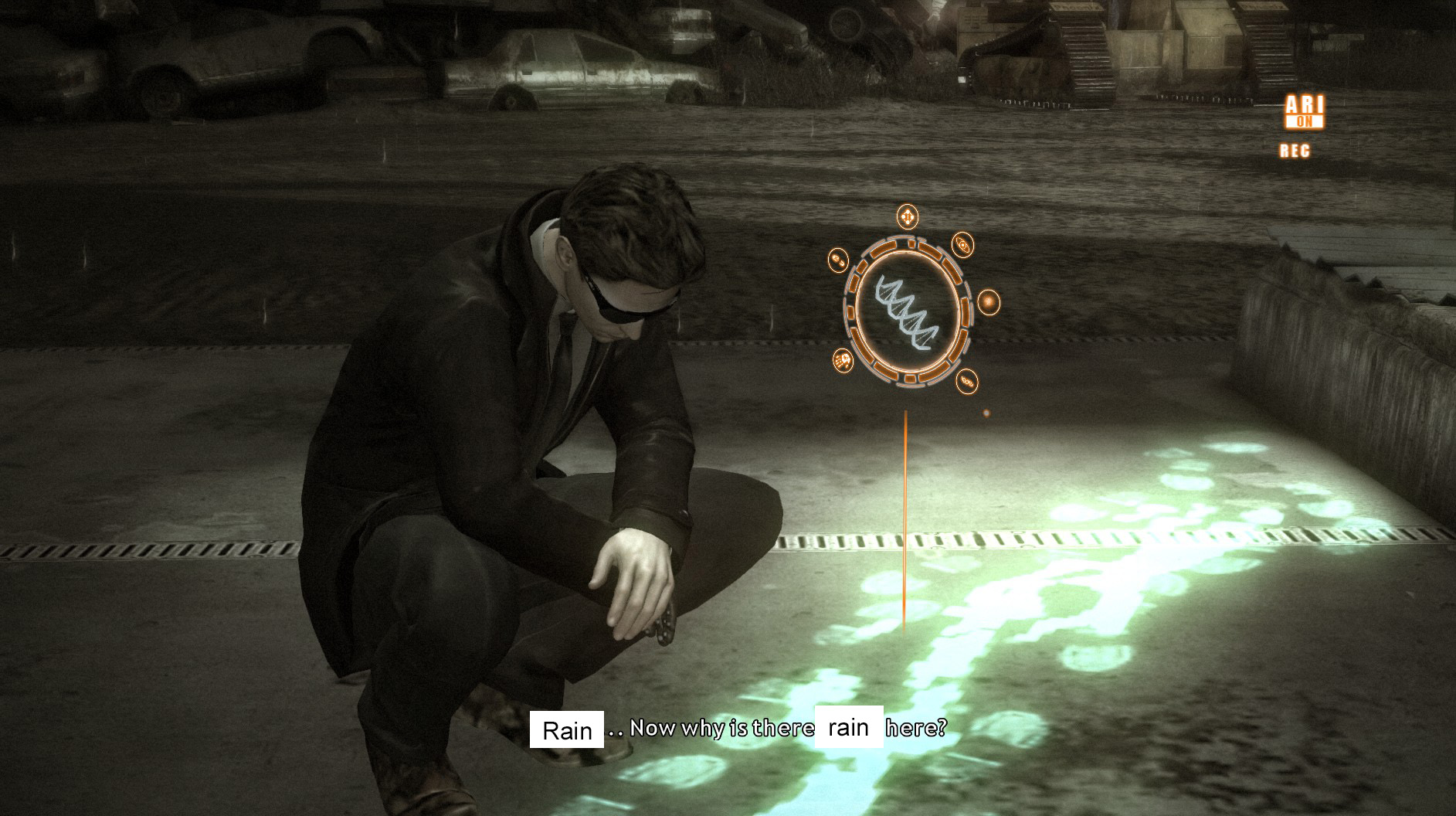
A contributing factor to the intense love weather recently could be due to La Niña, which affected the strength of the previous monsoon and even the intermonsoon period after it.
“It is not just the December flood in Selangor, recently in early March there were floods in Kelantan and Terengganu too. This was unusual and outside the normal season and could be due to the effects of La Nina as well.” – Prof Fredolin
But when viewed from a longer perspective, there is a much bigger contributor which you might already know about.
We’re getting one-in-a-hundred year events more often
Turns out Greta was right guys: ✨✨✨ climate change is happening ✨✨✨

We tend to use the terms climate change and global warming interchangeably, so our general perception is just that the earth is getting hotter. But it might cause events that aren’t intuitive to us, such as heavier rains, even in relatively drier places.
“The fact is our atmosphere is warmer and it holds more water vapour. Every 1 degree Celsius of increase in temperature holds 4% more water vapour. So rainfall is becoming heavier.
Climate change also causes a phenomenon that we call intervariability of rainfall where areas that are typically dry now get much more rain.” – Renard
So according to Renard, even places such as Sitiawan, Perak, which is a relatively drier place is now getting more rainfall (note: if you’re from Sitiawan, drop a comment on your observation about this pls tq)
We’ll probably be having more conversations about the weather in the future, as we might experience the extremes of it due to “weather whiplash”. Basically, wet conditions such as thunderstorms will be heavier, while dry conditions such as droughts will be drier. And with droughts predicted to happen pretty soon in 2025 followed by floods in 2030, we might just witness how bad it could be.

This isn’t just isolated to Malaysia, as other countries worldwide are experiencing once-in-a-lifetime weather events, and it’s happening more and more often.
“What is typically seen as “once in a hundred years” flood is becoming more common. We have seen severe flood events hitting New York, China, Germany and Malaysia literally back to back.” – Renard
Concerned reader: Okay great Mr Cilisos writer, but is there anything we can do now?
We asked Renard that same exact question, but the answer is probably something we already know:
“Every action counts and we can all play a part in combating the effects of climate change by living low carbon lifestyles.” – Renard
We’re not sure how the future will turn out, but if it’s anywhere close to the one in Mad Max, this writer is calling dibs on the flamethrower guitar.
- 607Shares
- Facebook576
- Twitter5
- LinkedIn7
- Email6
- WhatsApp13



